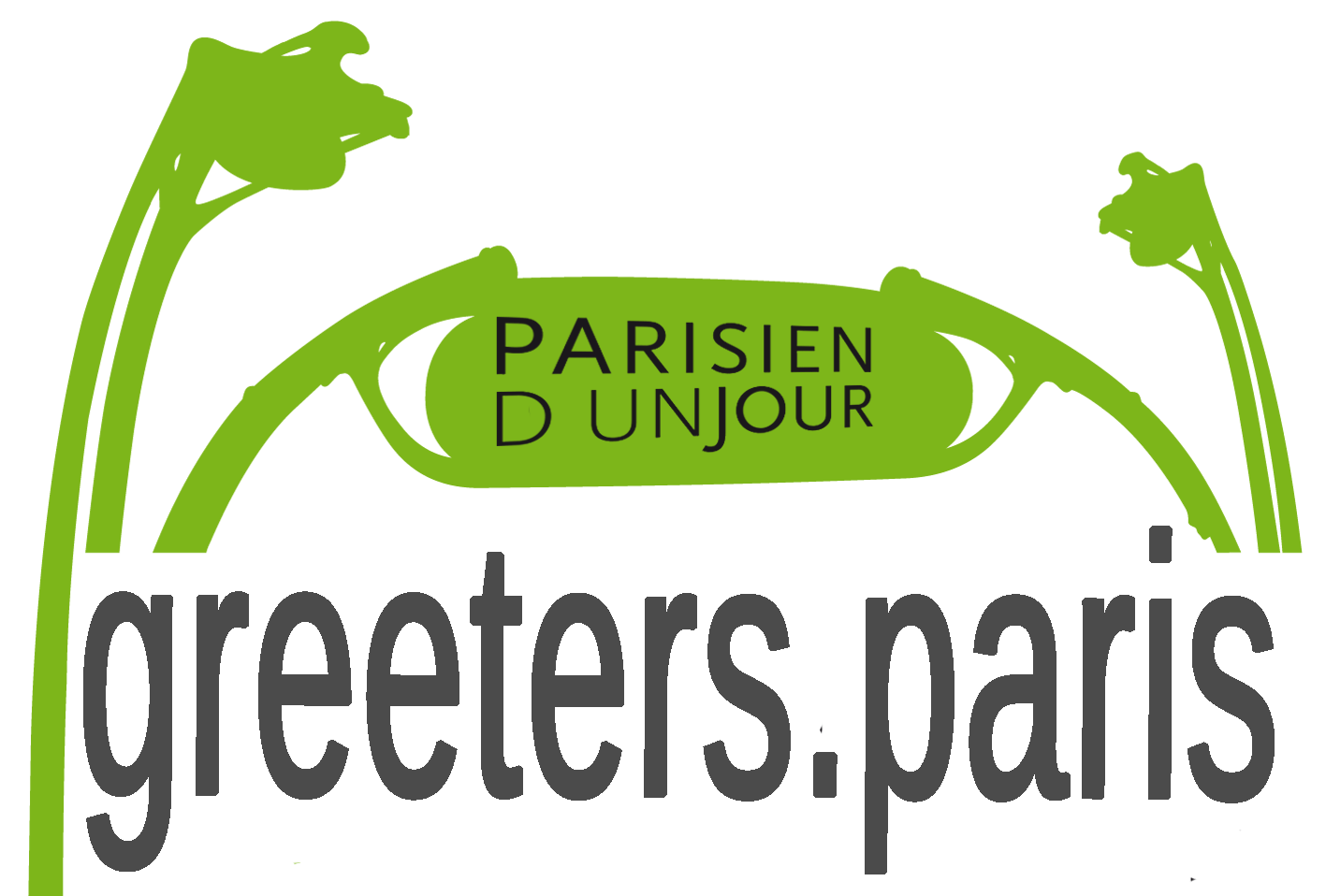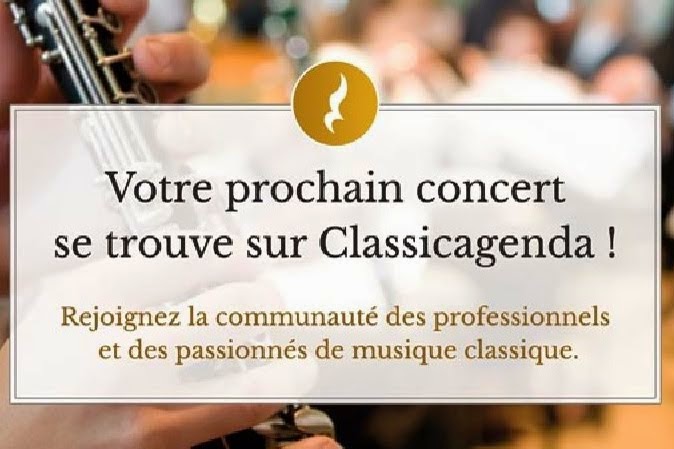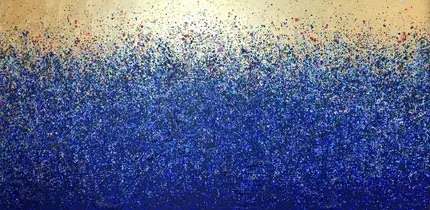It’s good
to have friends. Blogging has given me many. One of them is of course Virginia
from Birmingham, Alabama. She has also been kind enough to recommend a number
of her friends, even non-bloggers, to meet me when they visit Paris. One of
them is Jeanne, who is teaching French in Birmingham and speaks – and writes - better
French and knows more about French history, geography, culture… than most Frenchmen. Since we met last year,
she often gives me ideas and comments about my blogging. She realized that I
was tired by my long-lasting flu and I actually told her that I had nothing in
reserve and no force to go out preparing for new posts.
So, Jeanne
came up with an idea. The other day, she referred to a post I made in 2012 (see
here) about a building, neighbour to the Orsay Museum, which originally was
built for a Prince Salm-Kyrburg, referred to as the Hôtel de Salm, and later transformed into the Palace of the Legion of Honour.
Jeanne
pointed out that I could have mentioned that this building obviously had been
some kind of model for Thomas Jefferson’s Monticello home, a reason why you can
find his statue more or less in front of the building and looking toward it. Well, I actually knew about
it, but when I made my post in 2012 it was rather about an exhibition of
Napoleon’s “Berlin” and I thought then that it was a bit “too much” to tell that story as well.
So Jeanne
suggested that it was now time to talk about Thomas Jefferson and she had the
photos of his statue, which I could use, so I didn’t have to go out in the
cold with my flu. Well, actually, I had some photos, so the one you see on the
top was taken in July 2012, heavily zoomed as you may notice - the Sacré Coeur
seems to be quite close.
Here are
the photos I took of Hôtel de Salm in 2012…
… and here
you can see Jeanne’s photo of the statue. I have enlarged the drawing Jefferson
is holding, where you can imagine some kind of draft for the Monticello
building, his home in Virginia.
Thomas
Jefferson spent the years 1784-1789 in Paris, succeeding Benjamin Franklin as “Minister
to France”. The Hôtel de Salm was finished in 1787. Jefferson left Paris just a
few weeks after the beginning of the French Revolution of which he was a
supporter – except for its more violent aspects.
His statue,
which has been there only since 2006, is made by a French sculptor, Jean Cardot, who
also made e.g. the statues of Charles de Gaulle, close to the “Grand Palais”,
and of Winston Churchill, close to the “Petit Palais”.




















































